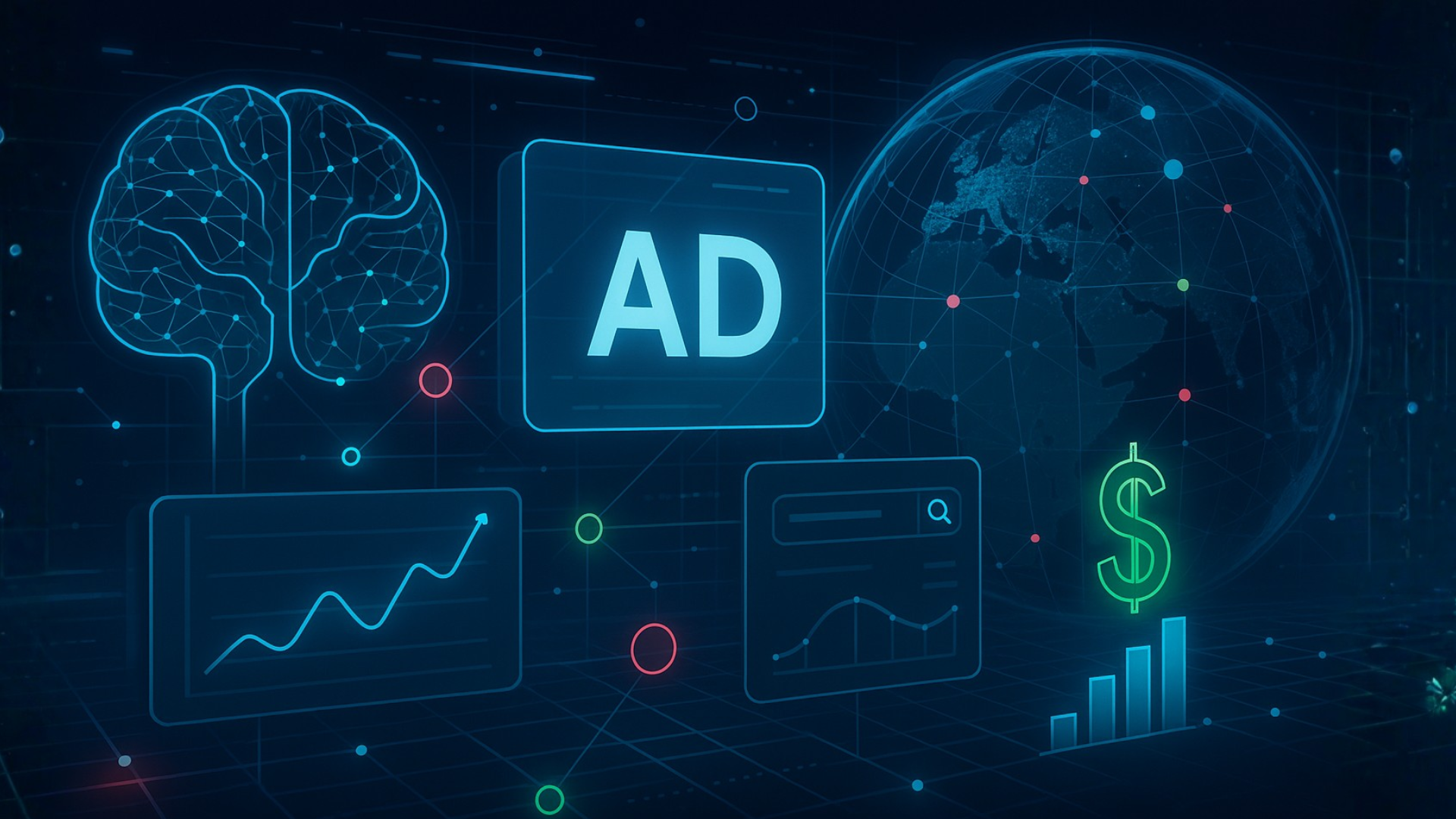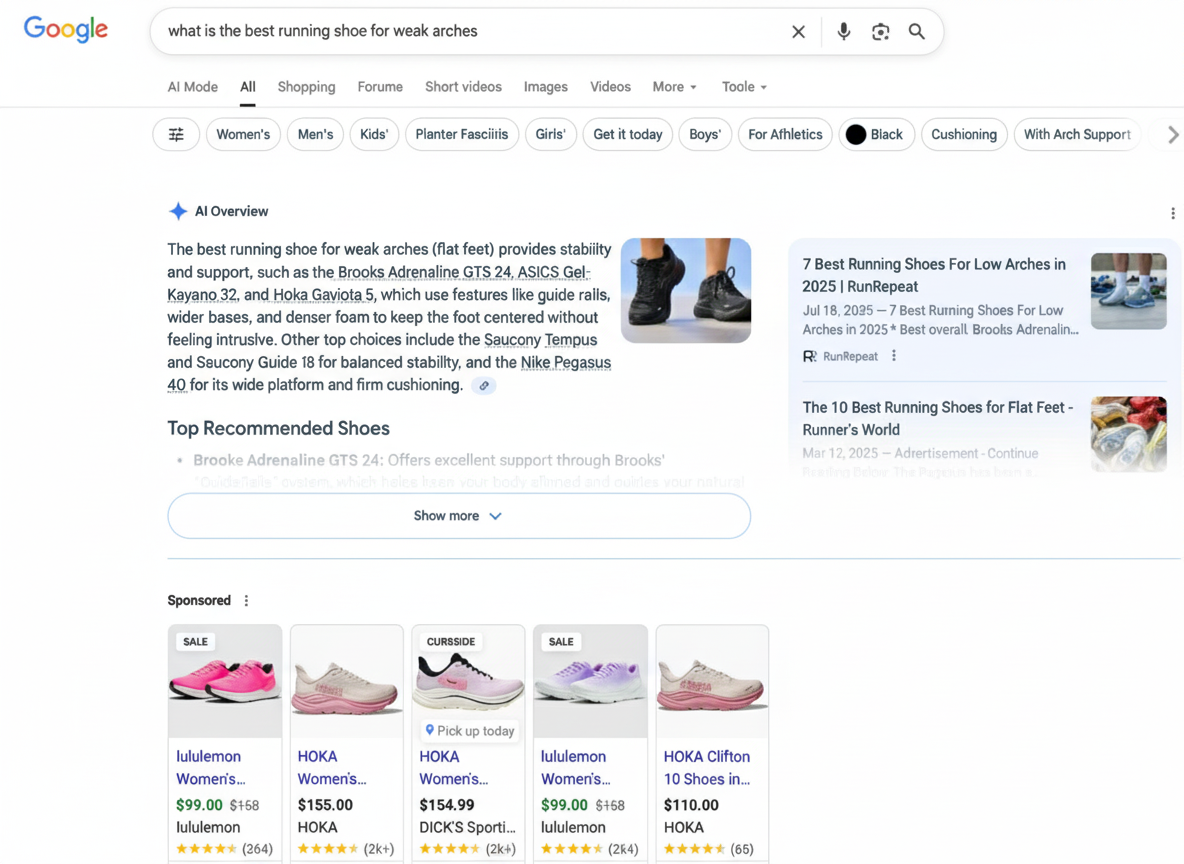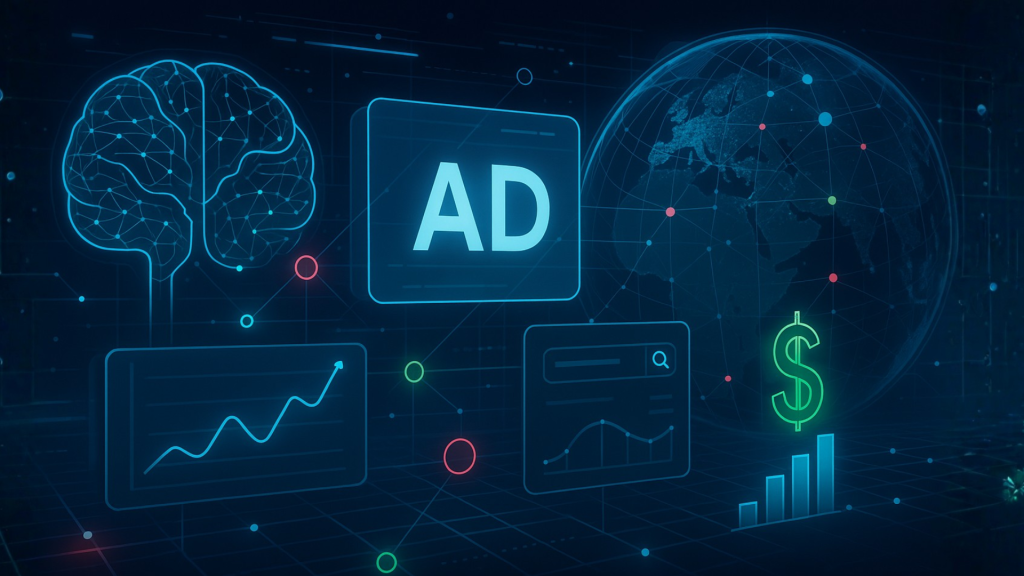PPC in the age of zero-click search: How to stay profitable

PPC is getting tougher – and it’s not just because of competition.
Click-through rates are falling, costs are rising, and once-steady campaigns are harder to keep profitable.
The real shift is structural. Zero-click searches are changing how paid search works.
How search moved beyond the blue links
For years, PPC operated in the “blue link economy,” where every click represented a chance to win a conversion.
Now, Google’s results pages are crowded with AI Overviews, featured snippets, and knowledge panels that answer questions before a user ever leaves the SERP.
For searchers, that feels fast and convenient. For advertisers, it means fewer clicks – and higher costs.
With the click pool shrinking, competition for commercial-intent queries intensifies, driving up CPCs and challenging quality scores.
Yet this isn’t the end of paid search. It’s a call to evolve once again.
Here’s how zero-click behavior is reshaping the ad auction, why it’s raising costs, and what strategies can help you stay profitable in the AI era.
From researcher to buyer: What AI Overviews mean for PPC
The introduction of the AI Overview for a commercial query fundamentally changes the job of a PPC campaign.
As the table below shows, the zero-click change forces an immediate shift in strategy:
| Before AI Overviews | After AI Overviews (The zero-click reality) |
| User’s state:
“I have a problem (weak arches) and need to research products.” |
User’s state:
“The AI just told me the top three brands. Now I need to buy one.” |
| Campaign goal:
Get the click to start the research journey on your site. |
Campaign goal:
Be the immediate next step to complete the purchase. |
In short, AI Overviews move users from researcher to buyer.
The cost of zero-click behavior
Zero-click searches are quietly driving up your costs.
Here’s what happens when AI Overviews dominate the top of the SERP:
- Shrinking click pool: The AI Overviews satisfy the user’s informational need on the SERP, reducing the volume of available clicks for both organic and paid listings.
- CTR suppression: A lower total click rate means your individual ad’s click-through rate (CTR), which is a core component of quality score, is suppressed, even if your ad position remains the same.
- CPC penalty: A lower expected CTR drags down your quality score. Because quality score dictates how much you pay, a weak score triggers a CPC penalty, forcing you to pay more to stay competitive in the auction.
This zero-click behavior reduces traffic and directly impacts your budget. You’re left paying more for fewer clicks.
The high-intent click opportunity
Before you panic, remember this: not all clicks are gone.
Some clicks are actually more valuable than they used to be.

The AI Overview, as shown in the running shoe example above, instantly provides specific brand and model recommendations.
The user has absorbed the initial research about “what is the best running shoe for weak arches,” and the informational component of their journey is satisfied.
The clicks that do follow the AI Overview are from users who are highly motivated, and they are validating the AI’s answer or seeking the definitive path to purchase.
The clicks you capture now are “super clicks” because they carry a more serious transactional intent.
The game is no longer about chasing every click. It’s about winning these high-intent, high-value clicks.
Get the newsletter search marketers rely on.
See terms.
How to adapt and win the high-intent click
Zero-click searches shift the dynamics, but they don’t spell the end of paid search.
Winning now means proving relevance, authority, and alignment across the SERP.
Here’s how to adapt your strategy to be the immediate next step and win the higher-value click.
1. Tightly themed ad groups and maximize ad real estate
Since the user is already informed, your ad must be hyper-specific to the product they’re searching for:
- Tightly themed ad groups: Avoid grouping related but distinct keywords. Specificity leads to stronger relevance and higher Quality Scores when your ad matches the ad group.
- Maximize ad real estate: Use every available ad asset. The more space your ad takes up, the more likely it is to earn the attention and the click that the AI Overview pushed down the page.
- Perfect message match: The ad promise must be delivered instantly. If your ad promotes a shoe for “weak arches,” the landing page must feature that exact product – not a generic catalog. This seamless handoff is vital when a user has already scrolled past information to reach your paid ad.
2. Think beyond PPC into something more converged
AI Overviews reward authority.
Strong SEO content isn’t just organic’s problem. It’s part of how your brand shows up across the SERP.
- Guide content strategy: Use your paid search data (specifically the search terms that trigger your most profitable conversions) to guide your content team’s SEO strategy.
- Build authority: If your brand can be cited in the AI Overview organically (for free), it drives increased visibility value and establishes authority. This makes your paid ads that much more trustworthy when they appear later.
3. Reevaluate your bid strategy
This push really favors value-based bidding because you don’t want to bid the same amount for every click.
AI Overviews filter out the low-intent traffic, forcing PPC managers to shift budget from volume to value.
The new focus is on being the most relevant and immediate transactional link for the specific product names that the AI Overview just recommended.
Your path to winning paid search is still available
The shift to zero-click searches isn’t going away. AI will continue answering more queries directly. But this isn’t the death of paid search. It is definitely a restructuring.
Your role isn’t just to outbid competitors. It’s to prove relevance, authority, and alignment across the SERP. It’s to be the ad that earns the click when fewer clicks are available.
The ad that feels like the best answer in 2025 and not just the loudest bidder is the one that wins the sale.
Zero-click searches make campaigns tougher to manage, but they’re pushing PPC back to its fundamentals – relevance, clarity, and intent.
If you can master those, you won’t just survive this shift – you’ll come out stronger.







Recent Comments